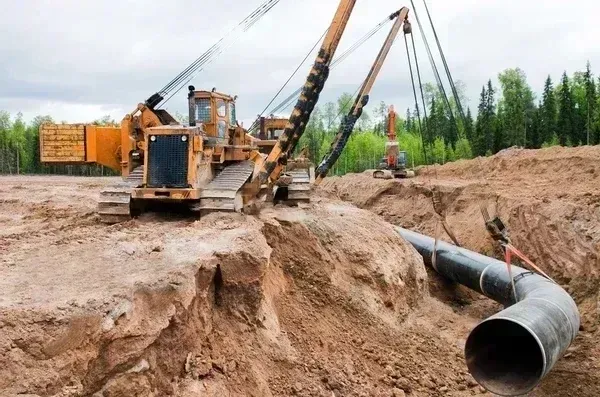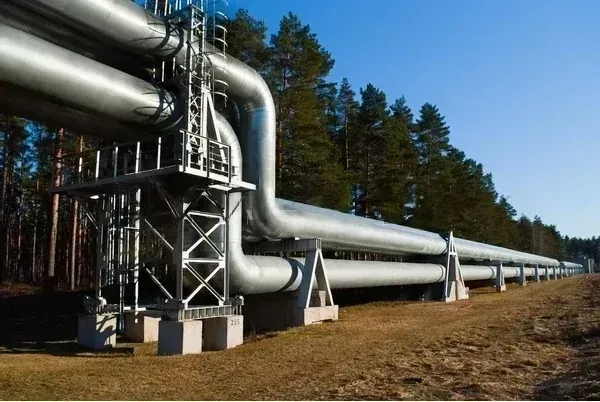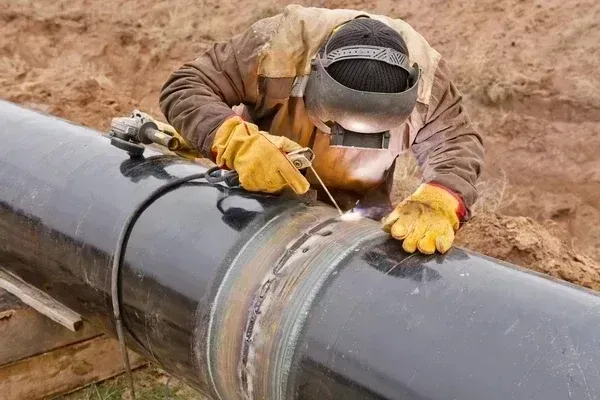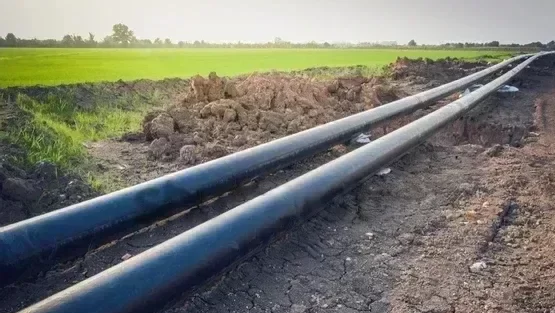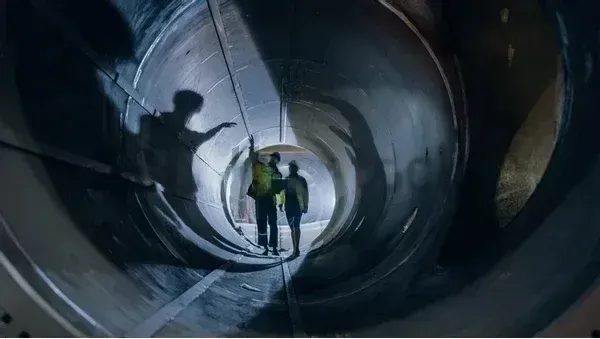Natural gas pipelines
Compressor stations, pipelines, city gate stations, and storage facilities make up a natural gas transportation system. Since it provides the energy necessary to keep the gas flowing at the specified flow rate and pressure, the compressor station acts as the transmission system’s beating heart. There are three different kinds of onshore and offshore pipelines: gathering or trunk, transmission, and transportation and distribution.
The main purpose of natural gas pipelines is to transport gas from the field to customers. Natural gas generated in gas fields onshore or offshore is moved through collection systems to commercial, residential, industrial, and utility firms using interstate and intrastate pipelines. Depending on the kind of pipeline, the diameter of the pipes can range from 2 inches (51 mm) to 56 inches (1400 mm) and they are often made of carbon steel.
